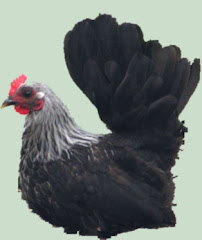Today, Norway opened the ultimate seed bank near the north pole. If your seed vault doesn't look like this, you're doing it wrong:
 As soon as I heard about this, I immediately envisioned my dream job: alone, in the Arctic, with high speed internet and the responsibility to thaw out and replant seeds as they became at risk of going dormant. I mean, how fun would that be? (There would need to be free coffee. But it's Norway - isn't that one of those worker's rights things those Scandinavian countries spring for, along with 36-hour work weeks and months of maternity leave?) Unfortunately, there will be no staff on-site, so my dreams of being the next Gregor Mendel - Mr. Freeze hybrid will have to wait.
As soon as I heard about this, I immediately envisioned my dream job: alone, in the Arctic, with high speed internet and the responsibility to thaw out and replant seeds as they became at risk of going dormant. I mean, how fun would that be? (There would need to be free coffee. But it's Norway - isn't that one of those worker's rights things those Scandinavian countries spring for, along with 36-hour work weeks and months of maternity leave?) Unfortunately, there will be no staff on-site, so my dreams of being the next Gregor Mendel - Mr. Freeze hybrid will have to wait. The seed bank isn't open to the public; it's intended to be a last resort in case plague or fire or floods threaten our food sources. I think the logistics of this scenario need work, since there cannot possibly be enough of every kind of seed to renew world resources. But I'm sure they have a really good plan - after all, these are scientists we're talking about, right?



